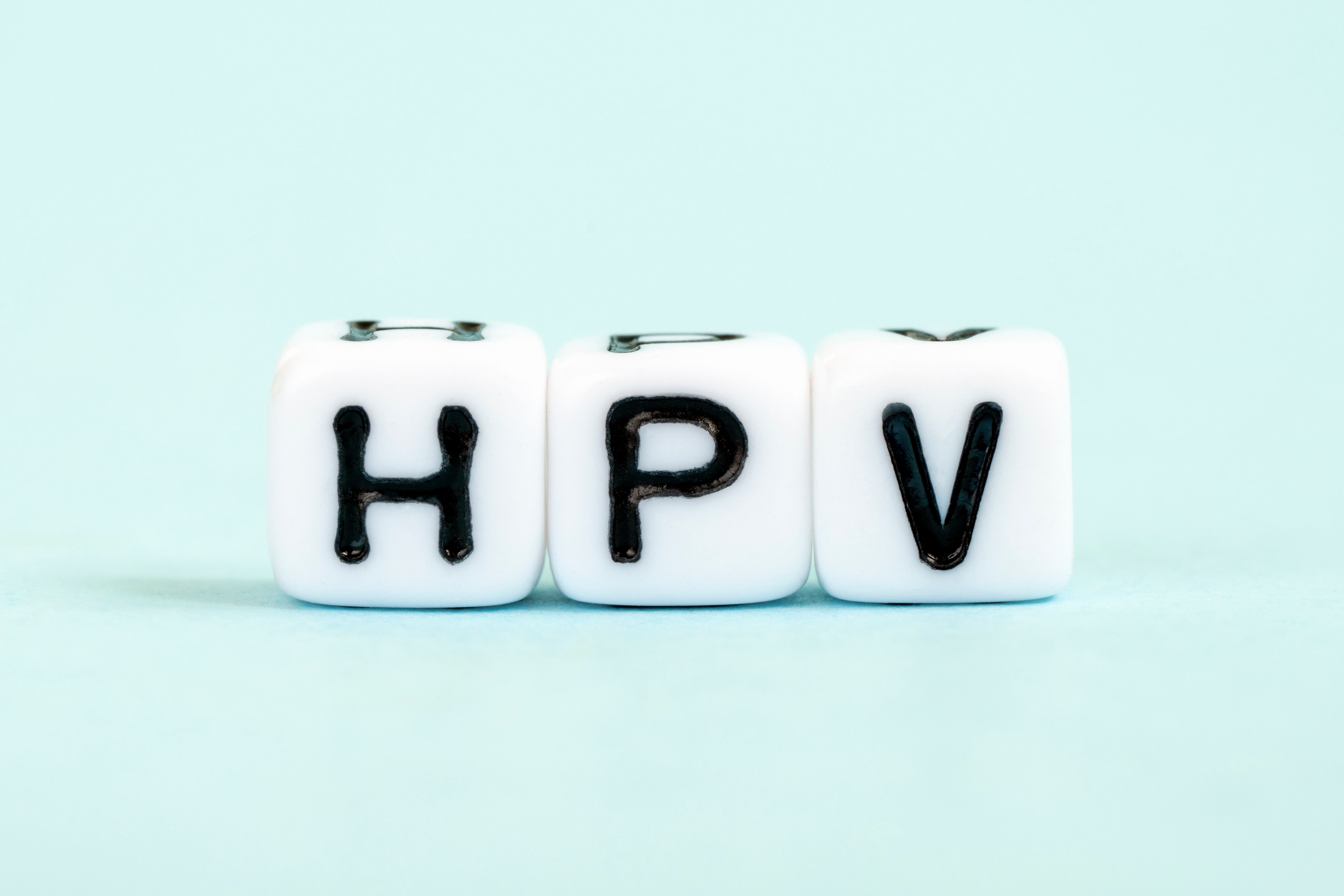News
Article
HPV 16 and 18 Linked to Ovarian Cancer Risk
Author(s):
In a recent meta-analysis, the prevalence of human papillomavirus (HPV), especially types 16 and 18, was significantly increased among patients with ovarian cancer (OC) vs controls.
This article was originally published on Contemporary OB/GYN® and has been lightly edited.
Human papillomavirus (HPV) types 16 and 18 increase the risk of ovarian cancer (OC), according to a recent study published in Oncology Letters.1
Over 300,000 new cases and 200,000 deaths were attributed to OC in 2020, highlighting its status as a significant public health challenge.2 Tools for general population screening remain lacking, leading to low early detection rates; this causes OC to be diagnosed late and treatment to be less effective.1
Multivariate index assays have been developed to mitigate the lack of biomarkers used for epithelial OC (EOC) detection, but 10% of OC cases are non-epithelial, with earlier age of incidence and increased growth rates. There is also significant variety in histologic subtypes, such as different type 1 and type 2 EOCs.
High-risk HPV (HR-HPV) is a significant factor influencing cervical cancer incidence. However, data evaluating the association between HPV and EOC remains mixed. Of HPV subtypes, HPV 16 and 18 remain the most frequently associated with advanced-stage disease.
To address gaps in data about HPV 16 and 18 and EOC, investigators conducted a meta-analysis. 2 independent reviewers identified articles through systematic literature searches of the PubMed, Embase, and Web of Science databases.
In a recent meta-analysis, the prevalence of human papillomavirus (HPV), especially types 16 and 18, was significantly increased among patients with ovarian cancer (OC) vs controls. | Image Credit: Iana Alter - stock.adobe.com

Search terms included “Human papillomavirus OR HPV AND ovarian malignancies OR ovarian neoplasm OR ovarian cancer.” Relevant data included the first author’s details, publication country, publication year, detection method, histological type, specimen type, sample size, HPV genotype, and number of HPV-positive and HPV-negative OCs.
Eligibility criteria included being an observational study published between 1987 and August 2023, evaluating the link between OC and HPV, using ovarian tissues to identify HPV genotypes, and being written in English. Studies not meeting these criteria or being conducted solely on animals were excluded from the analysis.
There were 43 studies with 2754 patients included in the final analysis. Of the studies, 21 were conducted in Asia, 13 in Europe, 7 in North America, and 2 in Africa. Formalin-fixed paraffin-embedded samples were used in 30 studies, frozen section in 11, and fresh tissues in 4. Most studies detected HPV using polymerase chain reaction.
The prevalence of HPV genotypes in OC was 20% in a fixed-effect model vs 10% in a random-effect model. These rates were 17% and 7%, respectively, for HPV 16 and 18.
For serous and non-serous OC, the HPV genotype prevalence was 6% and 5%, respectively. When restricting the analysis to HPV 16 and 18 genotypes, these rates were 4% and 2%, respectively, indicating an approximately 2-fold increase in prevalence for serous OC.
HPV status varied across geographical regions, with a prevalence in OC of 20% in Asian countries vs 5% in European countries. Figures also remained notably higher when compared to controls in Africa and North America.
The case-control analysis included 1071 OC samples and 906 benign ovarian tissue samples. The risk of OC was significantly increased by HPV infection, with a fixed-effect size OR of 4.44 and a random-effect size OR of 4.43.
When examining the risk of OC in patients with HPV 16 and 18, an OR of 6.30 was reported in the fixed-effect model and 4.92 in the random-effect model. The pooled prevalence of HPV 16 and 18 among OC cases was high at 13% in the random-effect model.
These results indicated significant associations between HPV infection and OC risk, especially for HPV 16 and 18. Investigators recommended further research to determine the underlying mechanisms of this association.
References
- Le TM, Nguyen HDT, Cho J, et al. Association of human papillomavirus 16 and 18 with ovarian cancer risk: Insights from a meta‑analysis. Oncol Lett. 2024;28(6):556. doi:10.3892/ol.2024.14689
- Sung H, Ferlay J, Siegel RL. Global cancer statistics 2020: GLOBOCAN estimates of incidence and mortality worldwide for 36 cancers in 185 countries. CA Cancer J Clin. 2021;71(3):209-249. doi:10.3322/caac.21660




